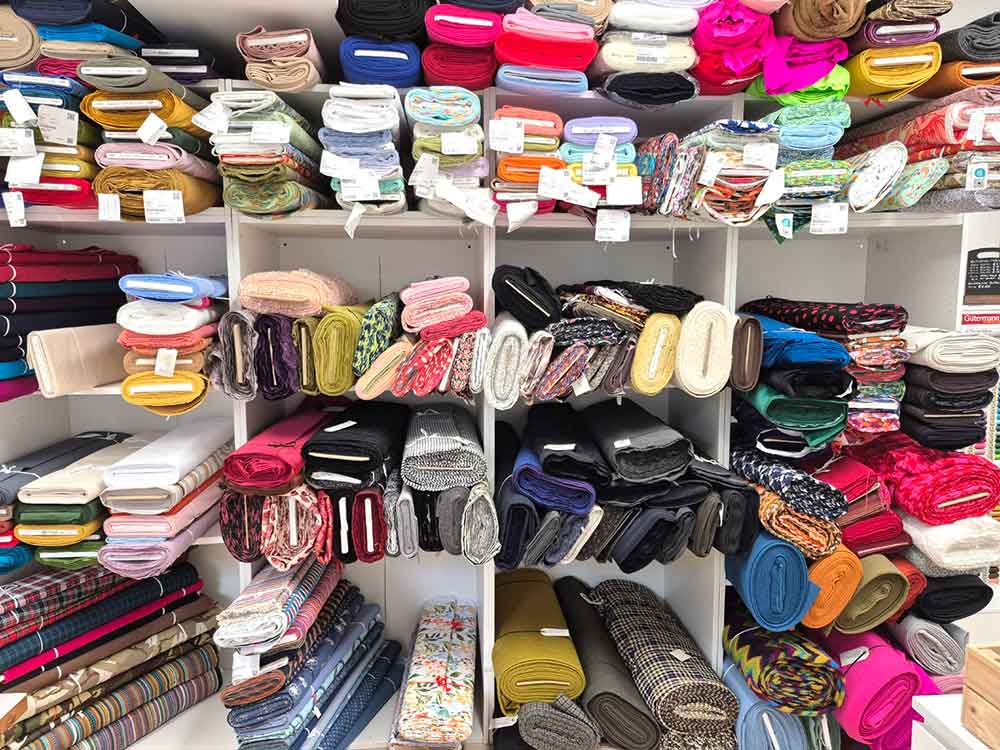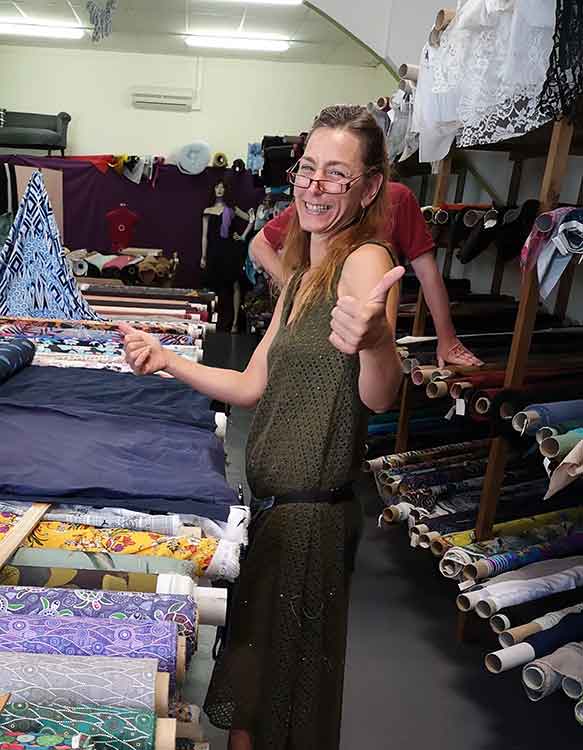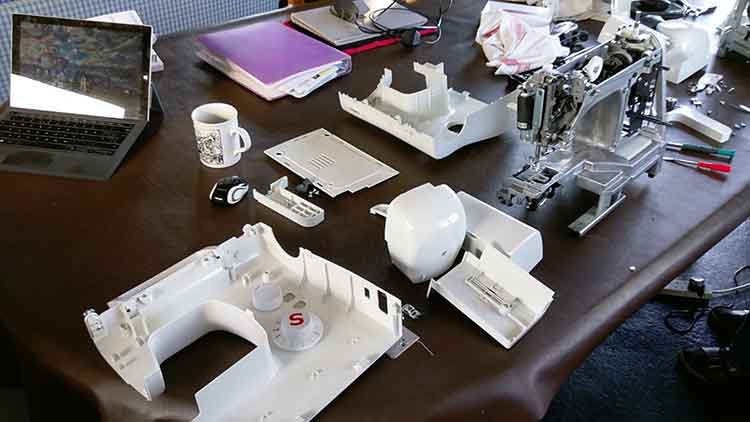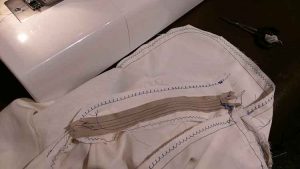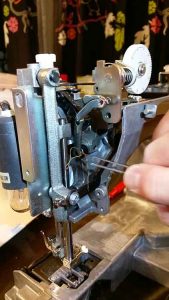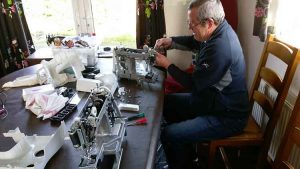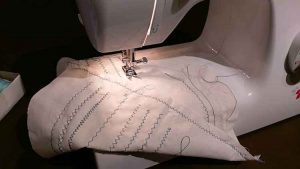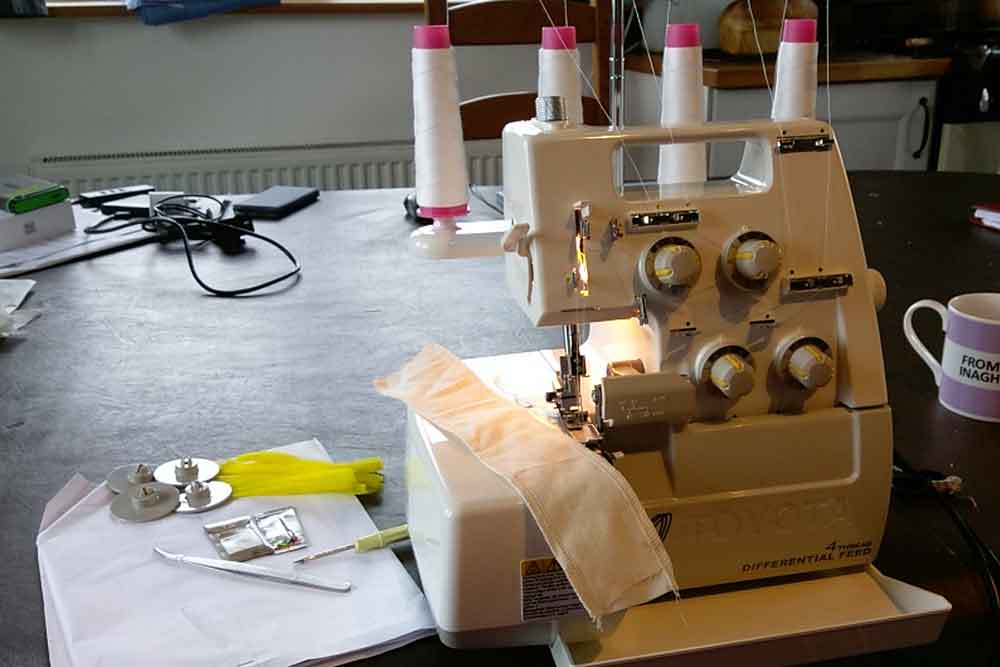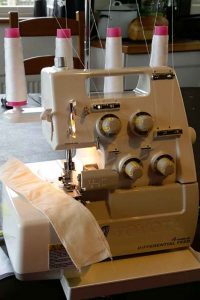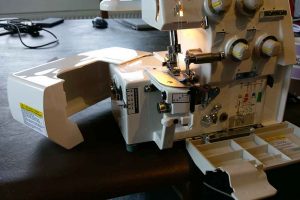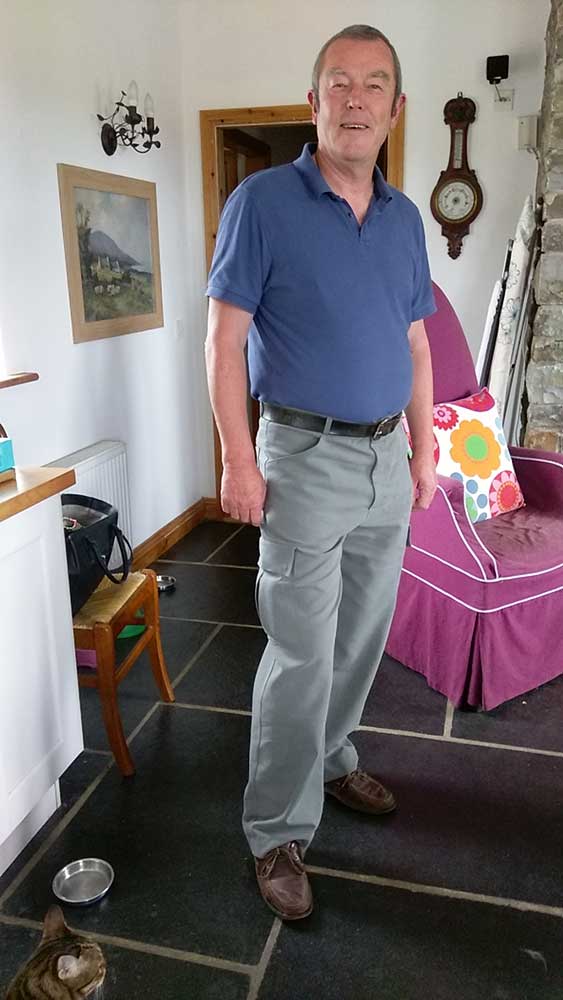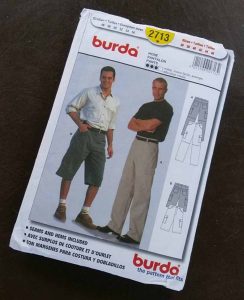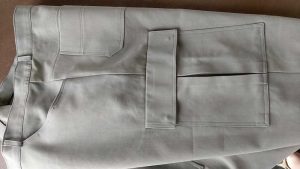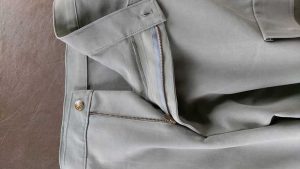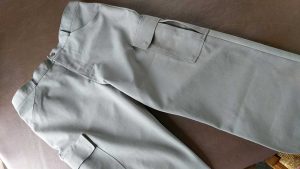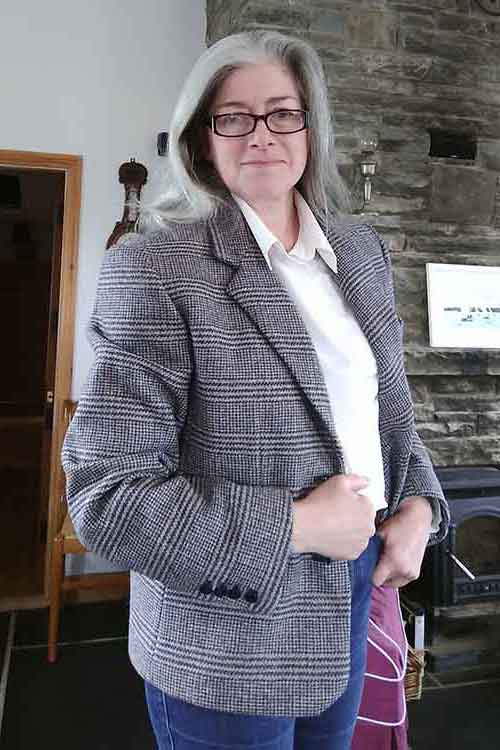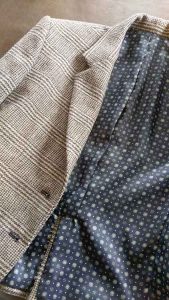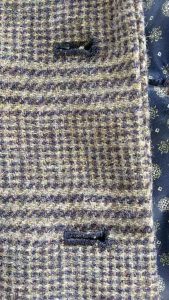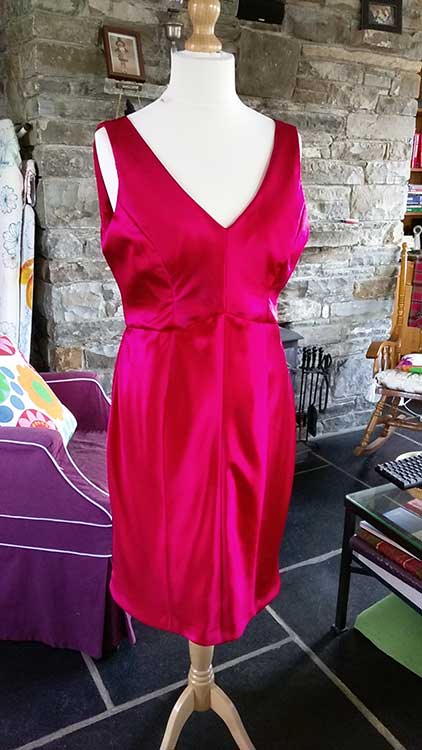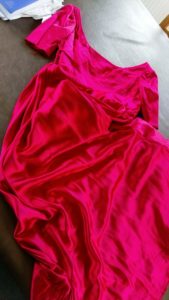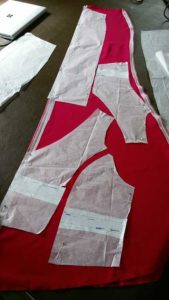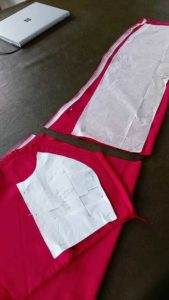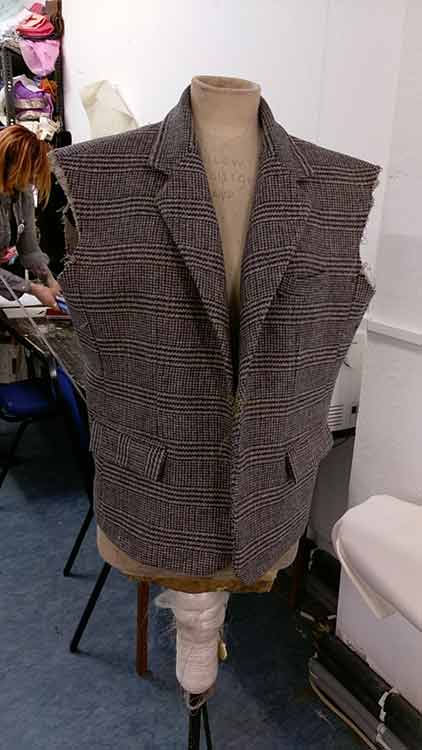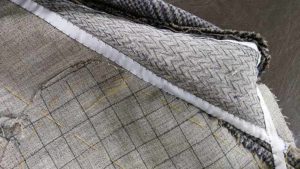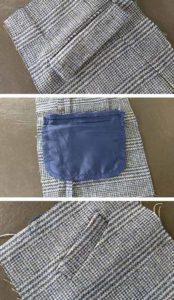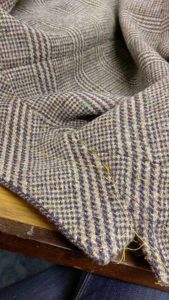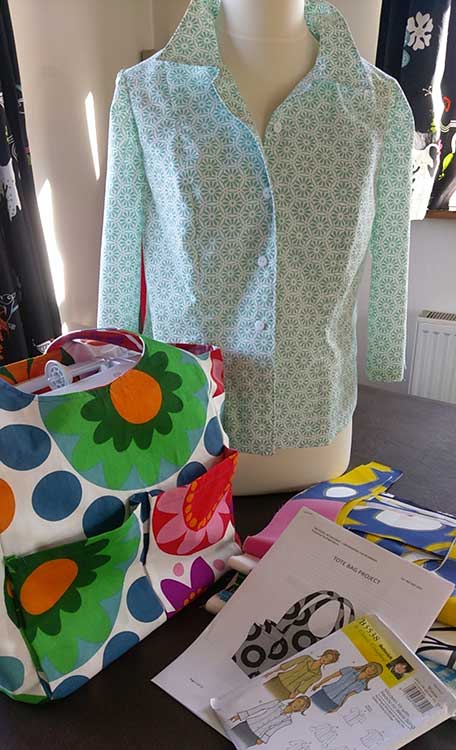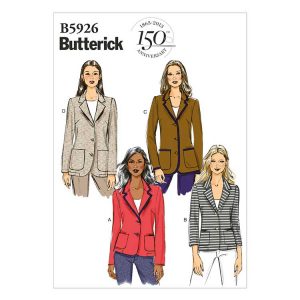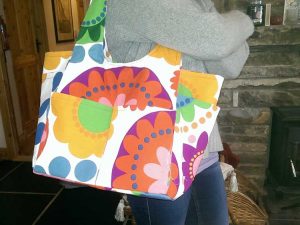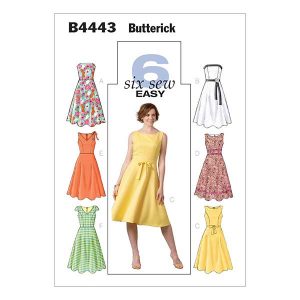Of all the questions I get asked every day, this is probably the most frequent. We’ve all done it. You’re on holiday in some foreign city and cruising through a street market, swept away by the vibrant colour and unfamiliar aromas, and you come across a fabric store … You couldn’t possibly leave without buying a length of hand-dyed batik or embroidered silk, but you don’t want to end up with another unused treasure taking up space in your stash. Naturally, you haven’t access to a pattern, so how do you estimate what will be a useful length?
Here in Miltown Malbay, we may lack the colour and ambiance of a Mediterranean market, but we often meet visitors to County Clare, who stumble upon our shop and cannot resist buying a souvenir. Quite often, they don’t even know what they’re going to make with the fabric, so how do we advise on quantity?
What type of garment?
Firstly, think honestly about the type of garment that would best suit this fabric. When you first laid eyes on it, what did your mind’s eye see? Secondly, what was it about the fabric that attracted you? Be honest with yourself. Can you cope with snipping all the sequins out of the stitching line to make a full length, red carpet dress that you don’t have a use for?
What size?
But, whether you’re imagining a dress, a coat or a pair of pants, all you really need to know is your length, either nape of neck to preferred hemline for dresses, coats, tops, or jackets, or leg length – waist to floor, and your bust and waist size. Visualise the type of garment that you’re going to make. Does the fabric suit as tailored garment, body-hugging, or loose-fitting? Assuming that you’ve done some dressmaking in the past, try imagining how the pattern pieces will be laid out.
A lot will depend on your own dress size but, as a minimum, you’ll need front and back pieces. Ask yourself whether you can fit the front and back on half the fabric width. Then, if appropriate, add another 0.5m to 0.7m for sleeves. For jackets and coats, you’ll need to allow for the front facing, which may or may not include a lapel. Small items like neck facings, collars, and pockets can probably fit around the larger pattern pieces. Naturally, if you’re imagining a loose-fitting garment or a style with gathered tiers, you’ll need to allow extra. For moderately full gathering, you’ll need to allow double the finished width of the tier.
Quick guide
All that sounds very complicated, but as a rough and ready guide for a semi-fitted garment in a regular small, medium and large sizes, allow:
Sleeveless top 0.9 – 1.4 m
Long-sleeve shirt or blouse 1.6 – 1.8 m
Short skirt 0.9 m
Long or full skirt 1.8 – 2.3 m
Pants / trousers 1.8 – 2.3 m
Short / knee-length dress 1.8 m
Maxi-length dress 2.7 – 3.0 m
Simple jacket 2.3 – 2.7 m
Add 0.5 m extra for safety or if you’re tall.
Add 0.5–1 m extra for fabrics with a one-way print, nap, or plaid/stripe matching.
If your fabric is 115 cm wide (45 in), increase these numbers by about 25–30 %

